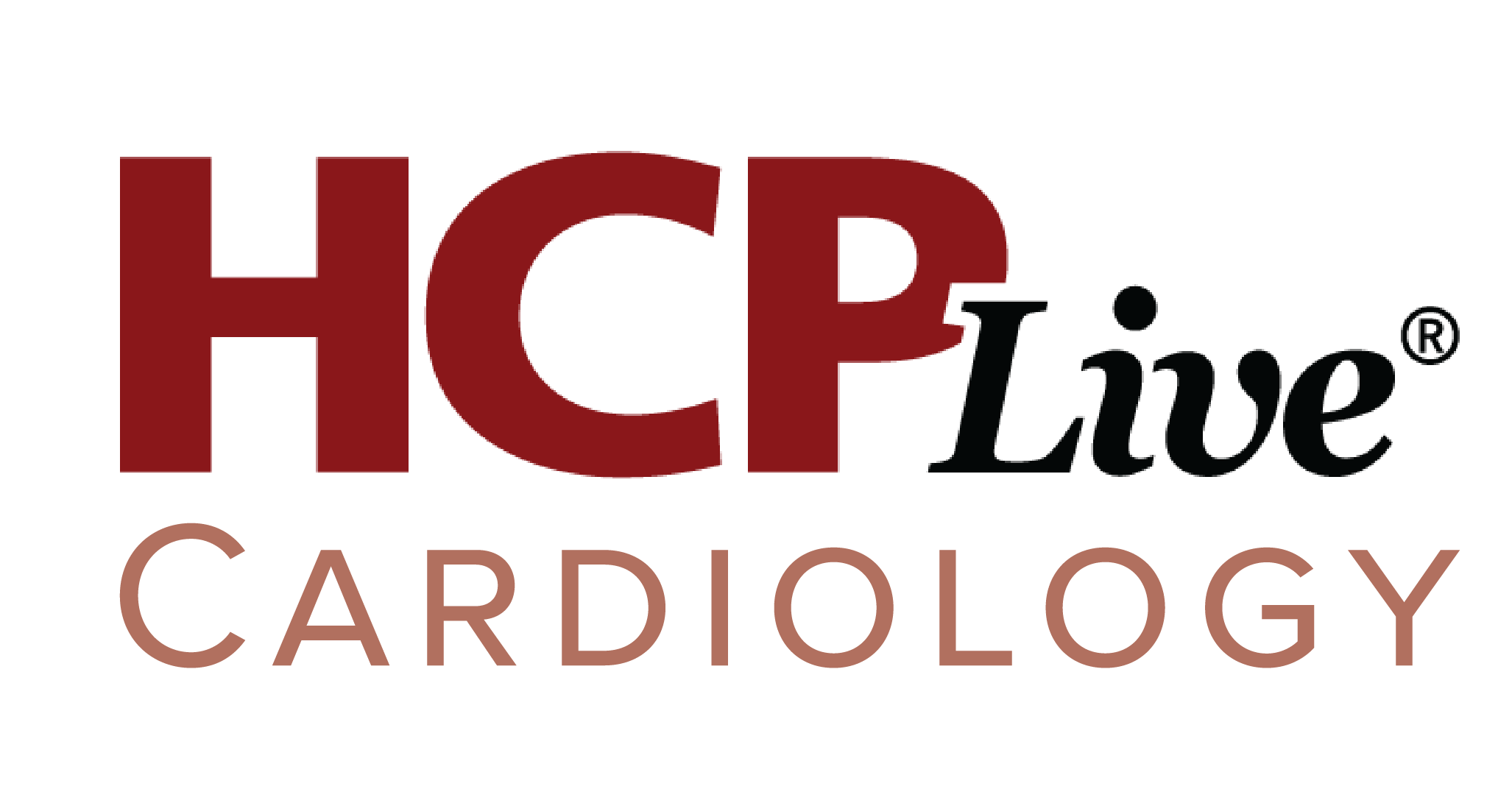Cardiology

The HCPLive Cardiology condition center page is a comprehensive resource for clinical news and insights on cardiovascular and cardiometabolic diseases. This page consists of interviews, articles, podcasts, and videos on the research, treatment and development of therapies for heart disease and cardiovascular events, as well as associated diabetes, renal failure, and more...
Latest News
July 25th 2024
Personalized text messages can boost physical activity in cardiac rehab patients, especially in early stages, but effectiveness varies by time and device, study finds.
Elevating Care for PAH: Applying Recommended Management Approaches to Maximize Outcomes
View More
‘REEL’ Time Patient Counseling™: Navigating the Complex Journey of Diagnosing and Managing Fabry Disease
View More
Expert Illustrations & Commentaries™: Envisioning Novel Therapeutic Approaches to Managing ANCA-associated Vasculitis
View More
More News
Symptomatic carotid plaques and ischemic symptoms
September 11th 2008We assessed the histologic features of 526 carotid plaques from consecutive patients undergoing endarterectomy for symptomatic carotid stenosis and found a high prevalence of coronary-type plaque instability, with strong correlations between macrophage infiltration and both cap rupture and time since stroke. Temporal trends were much weaker after a transient ischemic attack than after a stroke, with a tendency for plaque features to persist for a longer period, suggesting heterogeneity in the underlying pathological mechanisms.
Stroke, TIA, and determining "plaquetivity"
September 11th 2008This is the largest study of excised carotid plaques to date. All patients were symptomatic. Although not all plaques could be analyzed for each category (which excluded 94 plaques from cap analysis), this remains the largest histological study of its kind.
Achieving LDL cholesterol goals in elderly patients with ACS
September 10th 2008After an acute coronary syndrome (ACS) event, elderly patients are at greater risk of death and nonfatal coronary events compared with younger patients. Despite this, elderly patients continue to receive less evidence-based therapy. Lipidlowering therapy with statins is now routine practice for the secondary prevention of coronary heart disease. Achieving the optional National Cholesterol Expert Panel goal of a low-density lipoprotein cholesterol level of < 70 mg/dL for ACS patients over 70 years of age could prevent nearly 80 deaths or nonfatal coronary events for every 1000 patients treated for 2 years with a number needed to treat of approximately 12.
Roger S. Blumenthal, MD, is director, Ciccarone Center for the Prevention of Heart Disease
Elderly patients with a history of an acute coronary syndrome (ACS) are at higher risk for subsequent cardiovascular events than younger patients.
Predicting survival in elderly patients with heart failure
September 10th 2008Over a period of 14 years, we followed 282 patients aged 70 years or older who were hospitalized with heart failure. Median survival was 2.5 years, but 25% of patients died within 1 year, and 25% survived for at least 5 years following hospital discharge. A simple 7-item risk score based on data readily available at the time of hospitalization effectively stratified patients into low-, intermediate-, and high-risk categories for subsequent mortality.
Alcohol consumption in men with hypertension
September 10th 2008We assessed the association between the incidence of coronary heart disease and alcohol consumption among hypertensive men enrolled in the Health "Professionals" Follow-Up Study. Moderate alcohol consumption (1 to 2 drinks per day) was associated with a lower risk of myocardial infarction, as in the general population, but was not associated with the risks of stroke, total mortality, or mortality from cardiovascular causes. These results show that men with hypertension who drink moderately may not need to change their drinking habits.
Contemporary cardiac imaging in hypertrophic obstructive cardiomyopathy
September 10th 2008Features of hypertrophic obstructive cardiomyopathy (HOCM) include obstruction at the left ventricular outflow tract (caused by a markedly thickened proximal interventricular septum) and systolic anterior motion of the mitral valve. The case discussed here illustrates several classic features of this disease including clinical presentation, diagnostic workup, and noninvasive and invasive management.
Trends in stroke over the past 50 years: The Framingham Study
September 10th 2008A significant reduction in the age-adjusted incidence of stroke in men and women and 30-day mortality in men was shown in a community-based cohort study with biennial assessment of vascular risk factors and active surveillance for incident stroke over the past 50 years. Lifetime risk, severity of stroke, and 30-day mortality in women were stable. Increased life expectancy results in an increase in lifetime risk. This increased longevity is balanced by improvements in risk factor management, yielding no significant change.
Alcohol consumption and cardiovascular risk
Nosheen Javed, MD, is a cardiovascular disease fellow, Western Pennsylvania Hospital, Pittsburgh.
We generally assume that having a good time must be bad for you,and no one would deny that irresponsible alcohol consumption takes a tremendous economic, social, and health-related toll on diverse populations all around the globe.